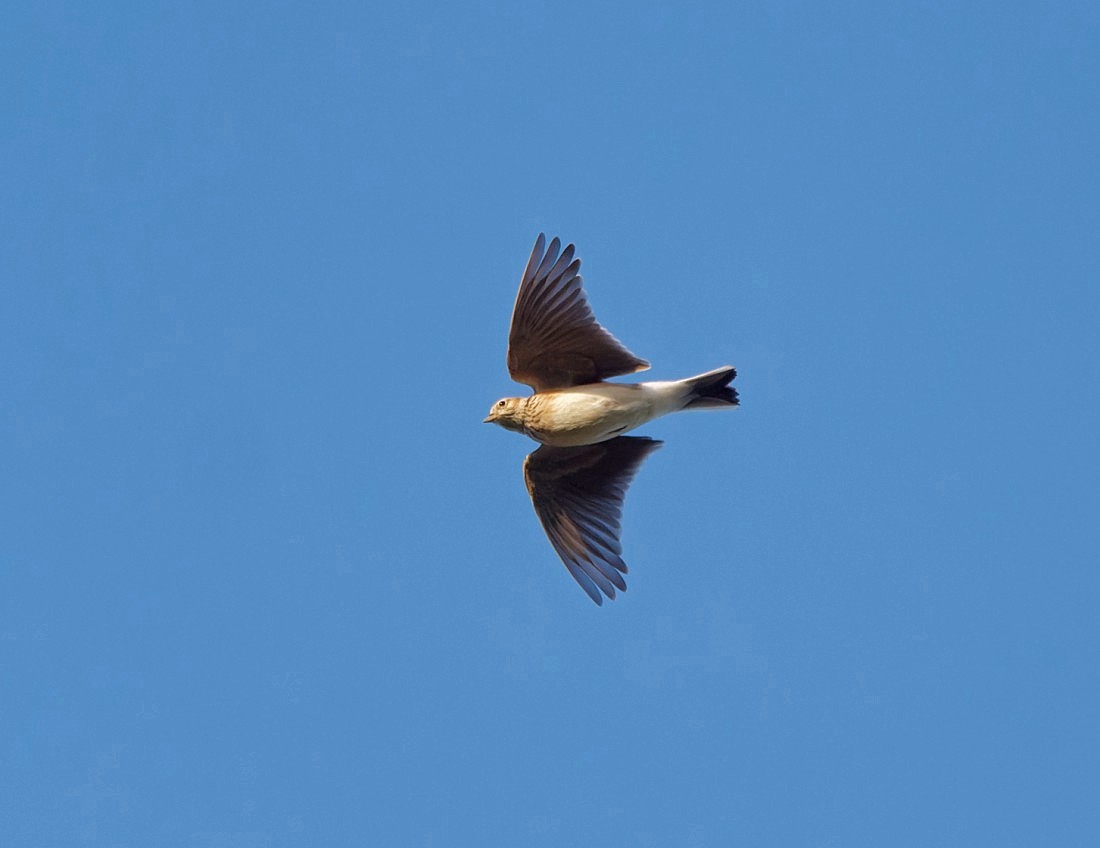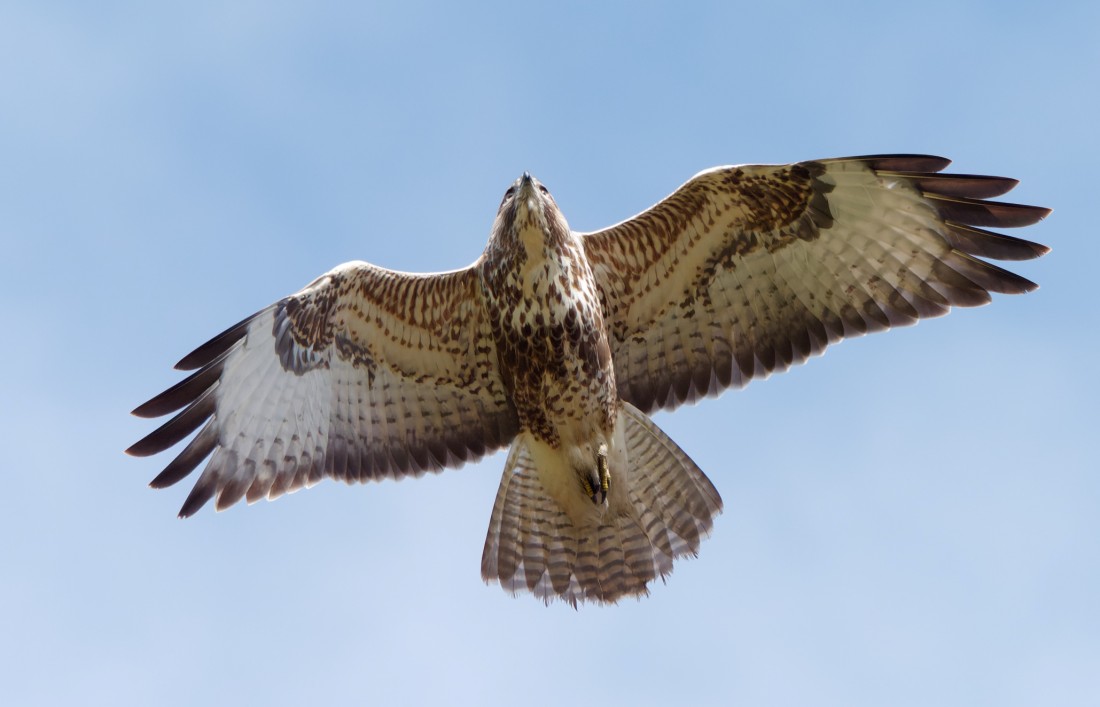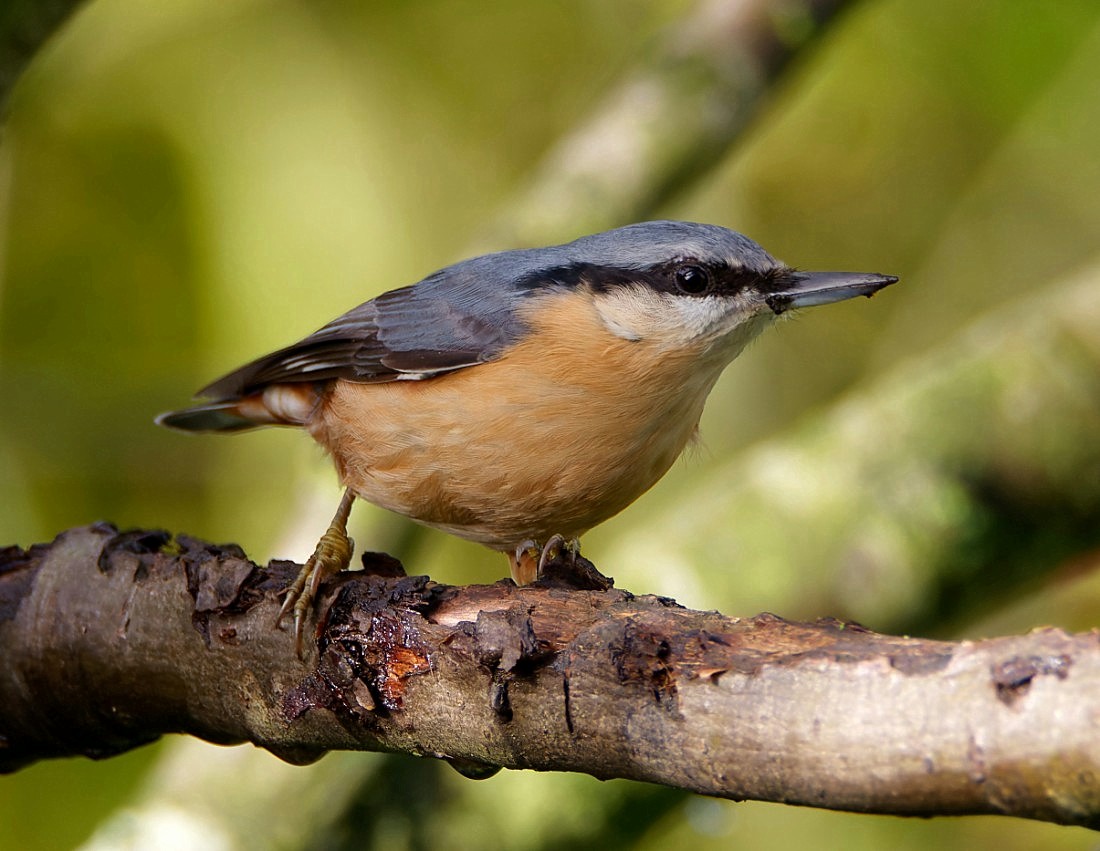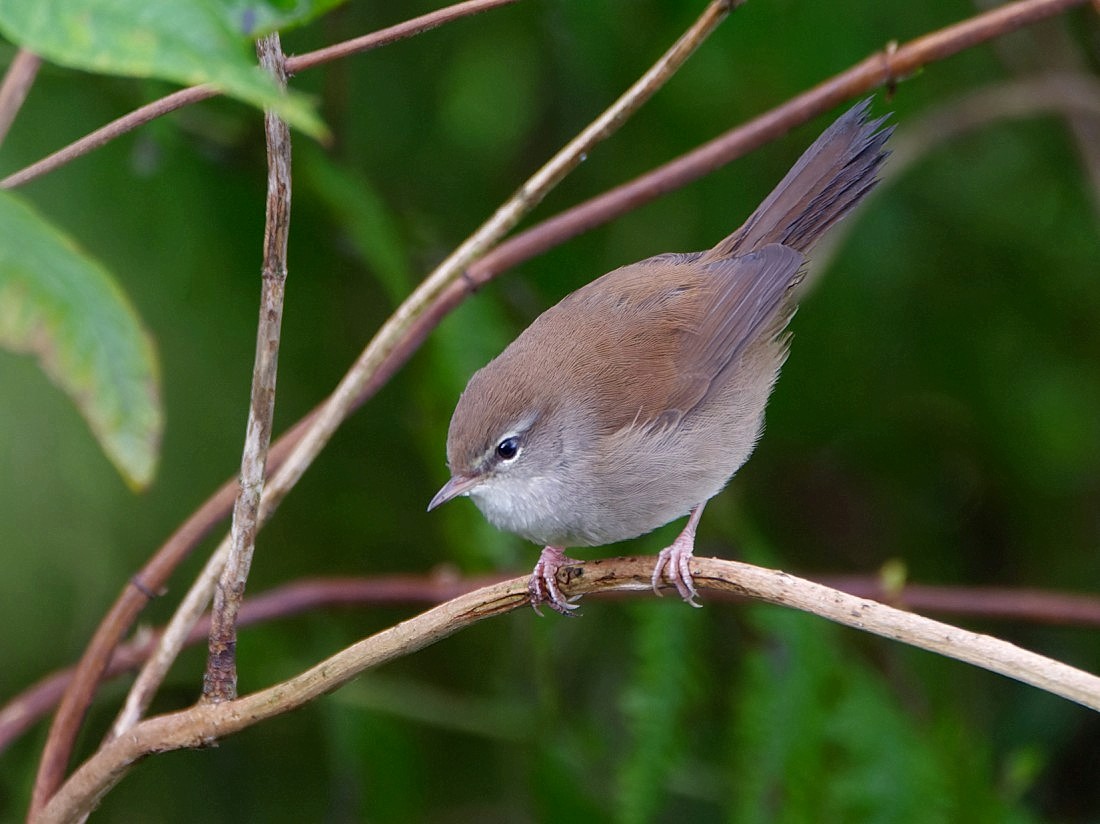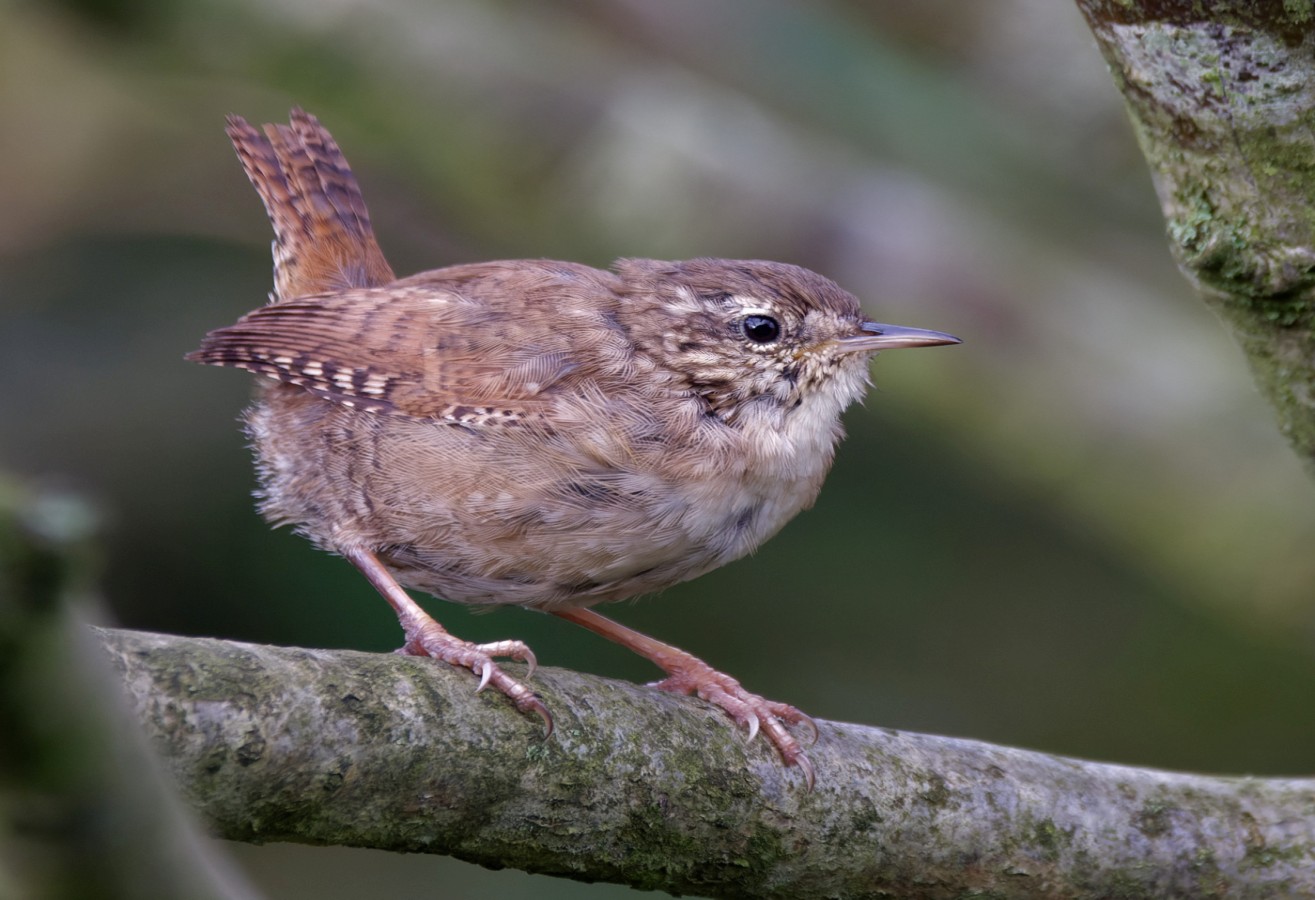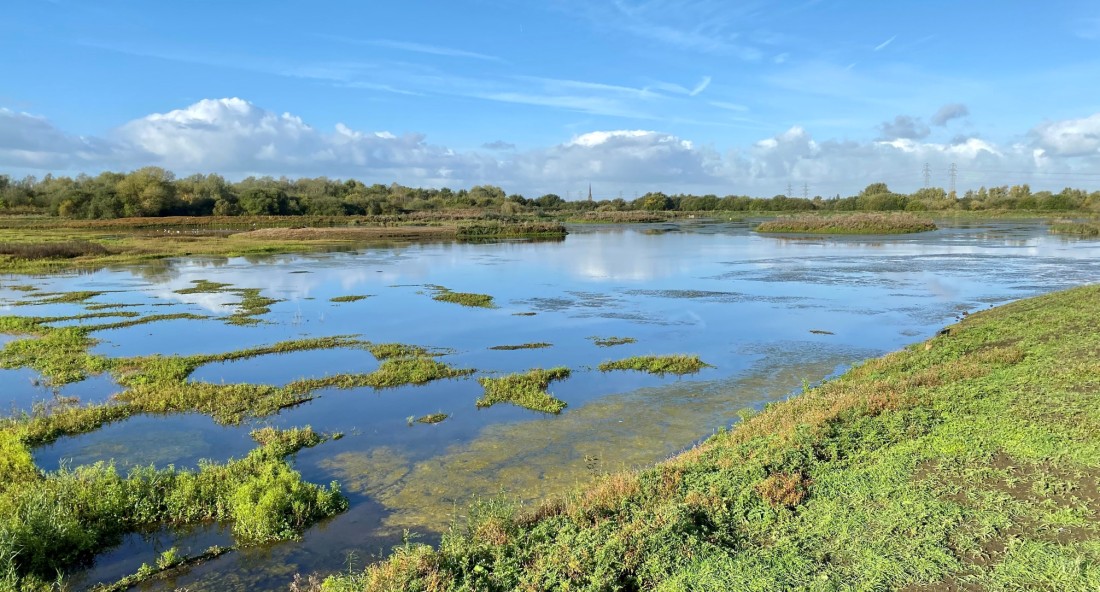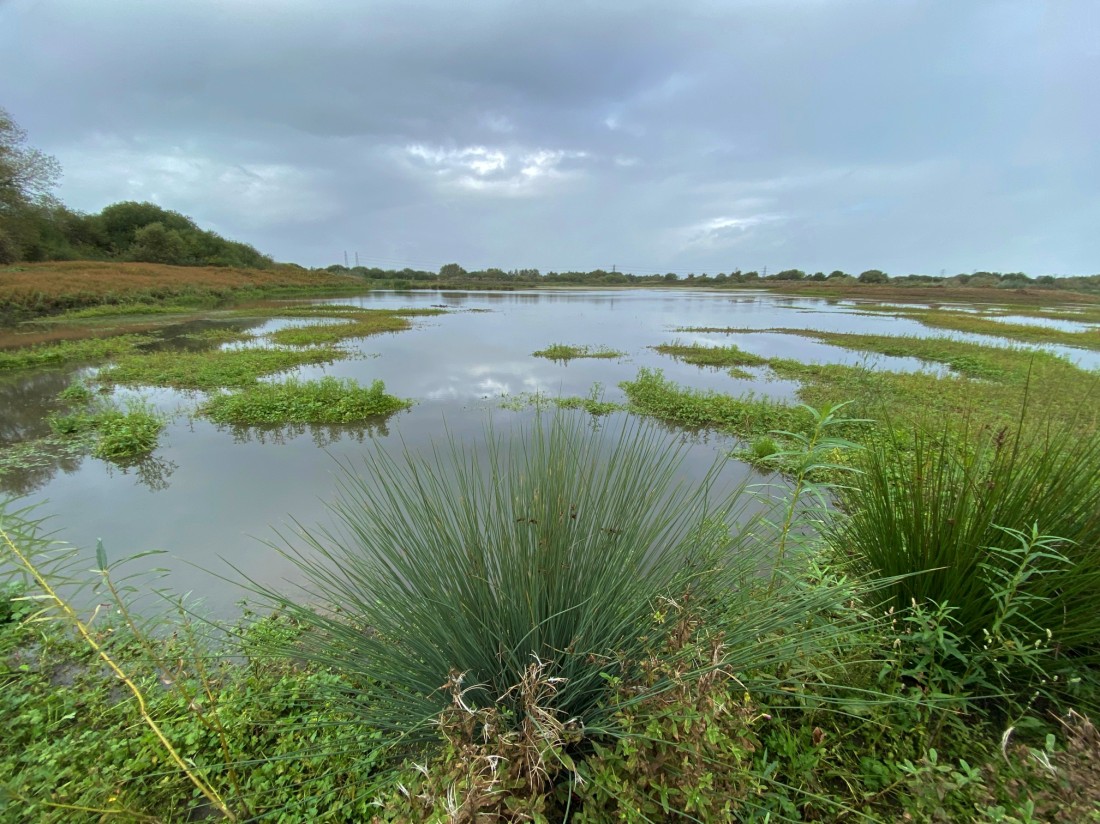Woolston Eyes Monthly Sightings
2022-10-27
It’s been a good week for watching movements of autumn migrants, with light southerlies and largely dry conditions. Tuesday saw counts of 10,400 Woodpigeons, 1,200 Pink-footed Geese, 710 Redwings and 105 Fieldfares, along with 10 Siskins and 2 Lesser Redpolls. This morning was equally good, if different, with 350 Redwings, 100 Fieldfares and 3,600 Pink-footed Geese, many of which appeared to drop down to feed on fields adjacent to Lymm Golf Course. Late morning, we went over to Lymm to locate the feeding geese and found more than 1,000 feeding on corn stubbles. Stubble fields provide a key source of food for these wild geese, which arrive in the UK from their Icelandic breeding grounds, in huge numbers, every autumn. Dan and I later checked two other areas in the locality which have provided suitable feeding in some past years, only to find all the stubble fields ploughed up and planted with winter cereals. The loss of winter stubbles is also, sadly, a prime factor in the dramatic decline of so many of our other farmland birds, such as Corn Bunting, Yellowhammer and Skylark. Photo of a Skylark Cheers David Bowman (with Dan Owen)
Submitted by: David Bowman
2022-10-22
There is always a sense of anticipation when the monthly visible migration-watch coincides with ideal conditions, as it did today. The skies were blue and the wind a very light southerly as we climbed up at dawn to take our position by the Elevated Pools on No.1 bed. Thrushes and Redwings were moving from the start, and by mid-day had totalled: 2,150 Fieldfares, 2,165 Redwings and 1,500 Woodpigeons. Finches were moving, too, but in small numbers. with counts of 4 Bramblings, 27 Siskins, 9 Lesser Redpolls and 100 Chaffinches. With eyes constantly on the skies, there is always a chance of picking up something unusual (particularly when sharp-eyed Dan Owen is involved) and it started today with an Osprey, which was chased away by Carrion Crows, in the direction of No.3 bed. Then 3 Ring-necked Parakeets flew over calling, followed by a drake Pintail, an uncommon bird at the east end of the Reserve. Bird of the day, though, was undoubtedly the adult male Hen Harrier which drifted over Butchersfield Tip before scattering the corvids on the fields to the south. A great morning finished with a few hundred Pink-footed Geese passing low over our heads. Photo of a Common Buzzard Cheers David Bowman (with Dan Owen and Helen Wynn)
Submitted by: David Bowman
2022-10-18
With clear blue skies and a light but cool south-easterly breeze at dawn, it looked good for visible migration this morning. In the event, by the time I’d walked into No.3 bed to meet up with Dan Owen, fog had rolled in, severely limiting visibility for the first few hours. A few Redwings, Skylarks, Meadow Pipits and the odd Siskin and Redpoll could be heard passing over, along with a couple of skeins of Pink-footed Geese. The highlight though, was probably the three Goosanders which circled the bed before heading west, as these fish-eating sawbills are relatively uncommon on the Reserve. In addition, around the bed four Chiffchaffs and 10 Goldcrests were notable. Then it was an amble over to No.4 bed, where it was nice to be showing visiting staff, from Natural England (NE), around the new wetland. The support we’ve had from Paul Thomas and his NE colleagues has been invaluable in all of our recent developments. Birds on the wetland included 2 Jack Snipe and 4 Black-tailed Godwits and then it was all back to No.3 bed for lunch, where a Kingfisher put in an appearance to round off a productive morning. Photo of a Nuthatch Cheers David Bowman
Submitted by: David Bowman
2022-10-13
A foggy dawn this morning reduced visibility and curtailed any chance of counting the wetland birds. So, I had a wander round, trying to photograph whatever came near in the murk and checking on our progress with the various habitat management tasks. It was nice to find the first Woodcock of the autumn, as these are one of the three species (along with Redwings and Pink-footed Geese) which always tell me that autumn has truly arrived. Woodcocks are declining rapidly as breeding birds in the UK and are largely sedentary, though numbers are greatly swelled in autumn by the arrival of an estimated 1.4 million from Fenno-Scandia, the Baltic states and even a few from Russia. Other sightings included a few feeding Redwings, a late Chiffchaff, five Cetti’s Warblers and three Water Rails. Photo of a Cetti’s Warbler Cheers David Bowman
Submitted by: David Bowman
2022-10-11
A busy day, with a lot going on started well, with a very autumnal feel and a lovely Firecrest flitting through cover near the Rotary Hide in No.3 bed. Firecrests are less than annual autumn visitors to the Reserve, so it’s always nice to catch up with one. While a dozen Redwings were then feeding around the bed and 800 Woodpigeons moved south in a couple of hours, we are a few weeks away, yet, from the peak passage of both species, which can sometimes move through in astonishing numbers. Then it was a couple of meetings, with the contractors who are repairing the No.3 bed Footbridge (disappointing to report that we’ll have to impose a weekday closure for at least two weeks) and with Peel Ports to review progress with the No.4 bed wetland. On the latter front, things are moving well and completion is only a month or so away and it’ll be good to finally open the viewing platform to our permit holders. Photo of a Wren Cheers David Bowman
Submitted by: David Bowman
2022-10-10
Wildfowl Count (WeBS) 8/10/22 Canada Goose 136, Greylag Goose 48, Mute Swan 16, Shoveler 138, Gadwall 66, Wigeon 5, Mallard 101 Teal 150, Tufted Duck 56, Water Rail 3, Moorhen 15, Coot 12, Little Grebe 24, Great Crested Grebe 2, Lapwing 59, Black-tailed Godwit 10, Jack Snipe 3, Snipe 21, Cormorant 4, Grey Heron 4, Little Egret, 2, Black-headed Gull 142
Submitted by: Brian Martin
2022-10-08
It was time for the monthly Wetlands Bird Survey (WeBS) today. Although there was heavy rain at dawn, it soon cleared to become clear and sunny, with a touch of that pleasant autumn coolness. The recent bursts of heavy rain are already starting to increase the water area on the western cell of the new No.4 bed wetland, while the eastern cell, which is just weeks away from completion, already has some shallow pools forming. Highlights of the morning were: a late, lone Swallow heading south, a couple of Little Egrets in front of the Morgan Hide (still surprisingly uncommon on the Reserve), the build-up of Jack Snipe and Common Snipe, plus 10 Black-tailed Godwits, on the new wetland and Cetti’s Warblers singing everywhere. Wildfowl numbers were still relatively low with peak counts of 130 Shoveler and 250 Teal. Also, nice to still be seeing dragonflies and butterflies, with 2 Migrant Hawkers, 4 Common Darters, 1 Comma and 3 Red Admirals noted. Photo of the western cell of the No.4 bed wetland Cheers David Bowman (with Helen Allan and Brian Baird)
Submitted by: David Bowman
2022-10-06
Nice to be back at Woolston after three weeks away in Sweden, with plenty of good birds to be found. No.3 bed at dawn was fairly quiet, with highlights of 5 Redwings, 180 Pink-footed Geeses heading west, 1 Black-tailed Godwit, a juvenile Marsh Harrier, a hunting Peregrine, 2 Wigeon, a couple of Water Rails and 82 Shoveler. While I’ve been away the water levels on the No.4 bed wetland have risen noticeably, which is pleasing, with counts of: 3 Jack Snipe, 18 Common Snipe, 1 Curlew, 10 Black-tailed Godwits, 2 juvenile Marsh Harriers, 2 Little Egrets, another 75 Shoveler and a Wigeon. Photo of the No.4 bed wetland Cheers David
Submitted by: David Bowman

